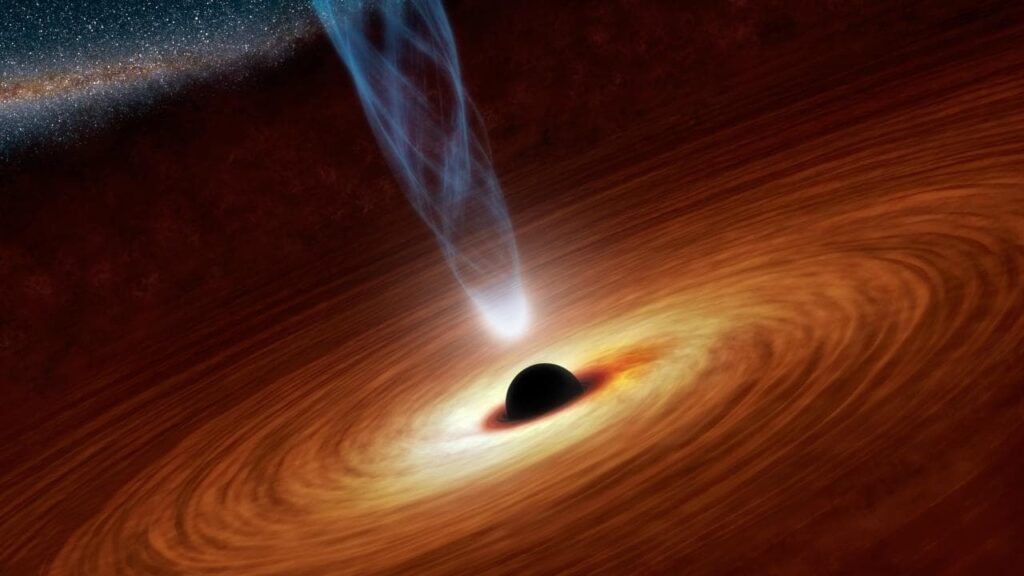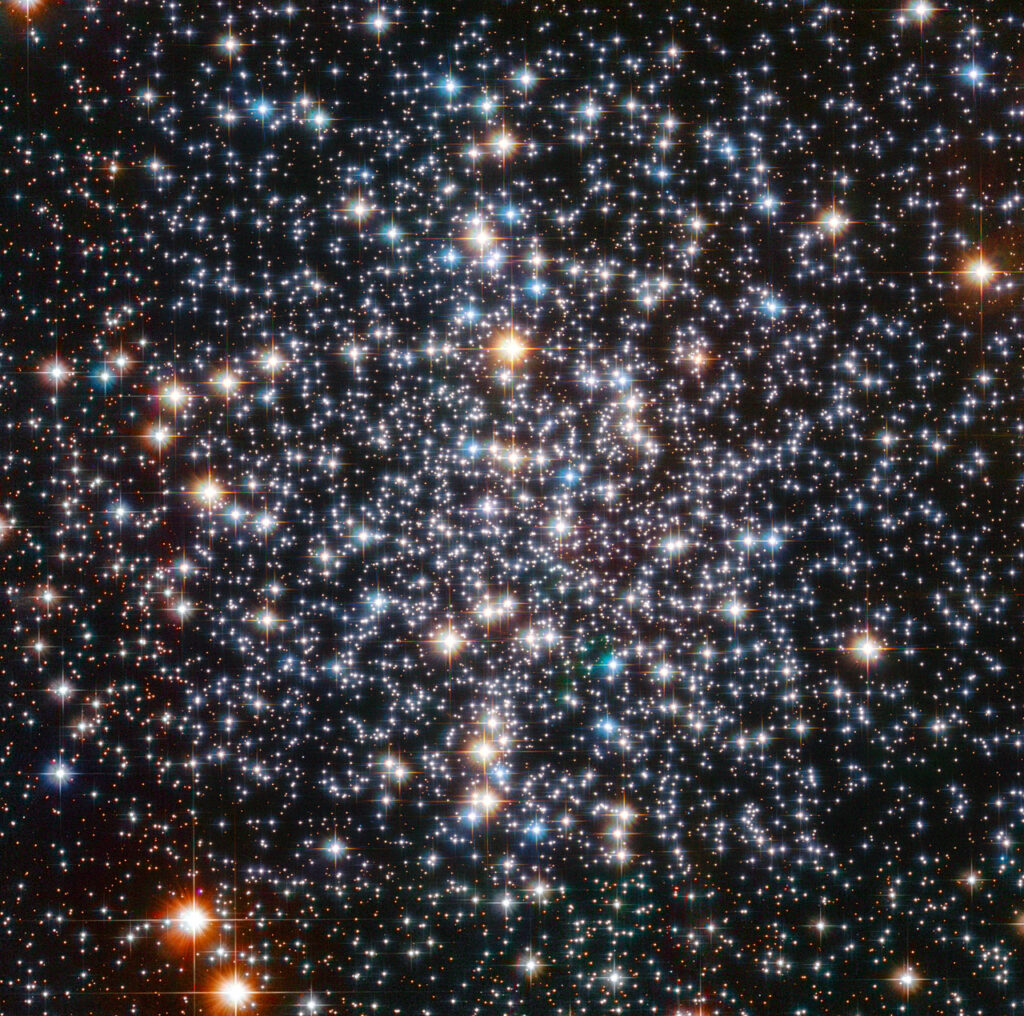Astronomers have managed to find the best evidence for the existence of a rare class of black holes. Hubble and Gaia space telescopes helped them in this.
Elusive intermediate-mass black holes
Almost all known black holes are divided into two main classes. At one end of the scale are supermassive black holes located in the centers of most galaxies. Their mass is millions, and in some cases billions of times greater than solar. At the other end of the scale are stellar-mass black holes that form during the gravitational collapse of giant stars. Their mass can exceed the mass of our Sun by several tens of times.

It is easy to notice that there is no intermediate class in this classification — intermediate-mass black holes, which mass lies in the range from 100 to 100,000 solar. Astronomers have been trying to find traces of the existence of such objects for a long time. Over the years of searching, they managed to find several fairly promising candidates for intermediate-mass black holes. However, they are all located on the outskirts of other galaxies, which makes it difficult to study them. Fortunately, researchers now have a much closer goal.
Mysterious area in the center of a globular cluster
During the analysis of the data collected by the Gaia Observatory, the researchers drew attention to the globular cluster M4. There is a dark area in its center. In general, this is a fairly common situation when there are regions in the core of globular clusters consisting only of the remains of dead stars. However, astronomers were confused by the distribution of mass. Despite the rather large size of the dark area, Gaia data shows that its entire mass is concentrated in a very small area.

Therefore, astronomers have used the Hubble telescope archive, covering 12 years of observations of M4. They analyzed the orbits of 6 thousand stars of the globular cluster and determined that they orbit a very compact region which had a mass 800 times greater than the mass of the Sun.
According to the researchers, the most likely explanation for the finding is the presence of an intermediate-mass black hole in the center of M4. An alternative version is that we are talking about a group of 40 stellar-mass black holes that are located in an area with a diameter of only one tenth of a light-year. But this raises reasonable questions about how they manage to remain part of a single cluster without merging into a single object and/or throwing each other into the surrounding space.
Thus, according to astronomers, they managed to get the best evidence for the existence of intermediate-mass black holes to date. The results of their study were published in the journal Monthly Notices of the Royal Astronomical Society.
According to https://esahubble.org
Follow us on Twitter to get the most interesting space news in time
https://twitter.com/ust_magazine

